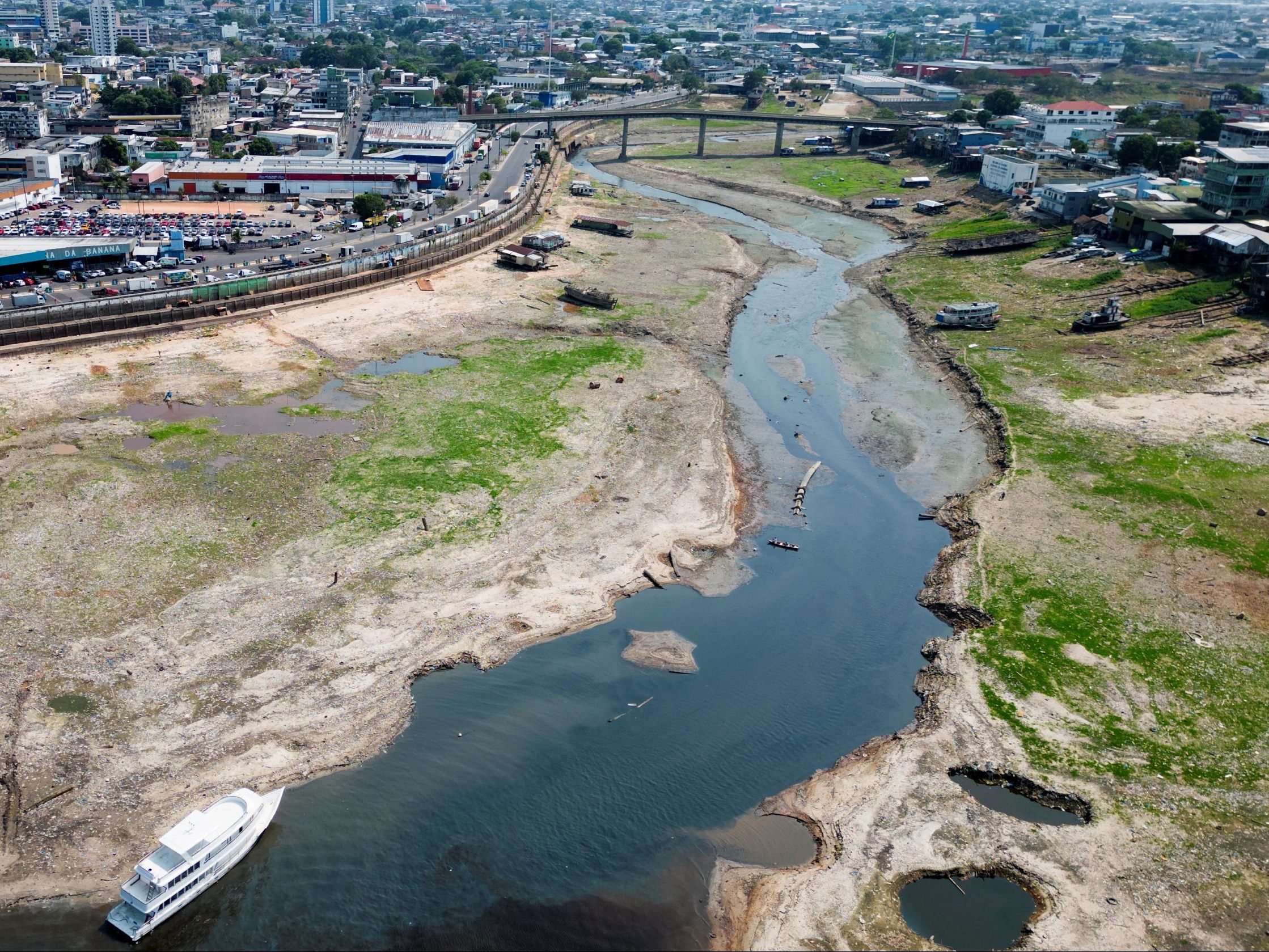Translate the following article text into English, retaining the HTML tags: World Meteorological Organization Warns of Decline in Freshwater Supplies

The cause is climate change, according to the WMO, exacerbated by the naturally occurring weather phenomenon El Niño, which affects precipitation worldwide. 2023 was the hottest year since the beginning of industrialization, and glaciers lost more ice than ever before in at least 50 years.
Dramatic Consequences of Glacier Melt on Freshwater Supplies
Not all rivers were equally affected. In the Mississippi area in the USA, the Amazon in South America, and the rivers Ganges, Brahmaputra, and Mekong in Asia, there was less water than the long-term average, while in East Africa, northern New Zealand, the Philippines, and Northern Europe, there was more, according to the WMO. In rivers fed by glaciers, the water level initially rises because the ice melts and flows away, explained Stefan Uhlenbrook, WMO Director of the Hydrology, Water, and Cryosphere Department. However, once the glaciers have disappeared, this has dramatic consequences for the rivers. People must prepare for this: partly with water reservoirs, but above all by using a dwindling resource more cautiously, he said.
Billions of People Do Not Have Enough Water
"Water is the canary in the coal mine of climate change," said WMO Secretary-General Celeste Saulo. "We are receiving distress signals in the form of increasingly extreme rainfall, floods, and droughts, which heavily burden lives, ecosystems, and economies." In the past, canaries were taken into mines because they would faint from potentially deadly carbon monoxide concentrations earlier than humans, thus serving as an early warning system. According to UN data, 3.6 billion people do not have enough water for at least one month a year - that is more than 40 percent of the world's population. This number is expected to rise to five billion by 2050 according to model calculations. The report documents, among other things, water levels in lakes and rivers, soil moisture, as well as measurements of glaciers and snow. However, many countries could hardly contribute data, with only about 30 countries providing data for one parameter. In such cases, the WMO supplements with model calculations. More data urgently needs to be collected, according to the WMO.
(APA/Red)
This article has been automatically translated, read the original article here.





